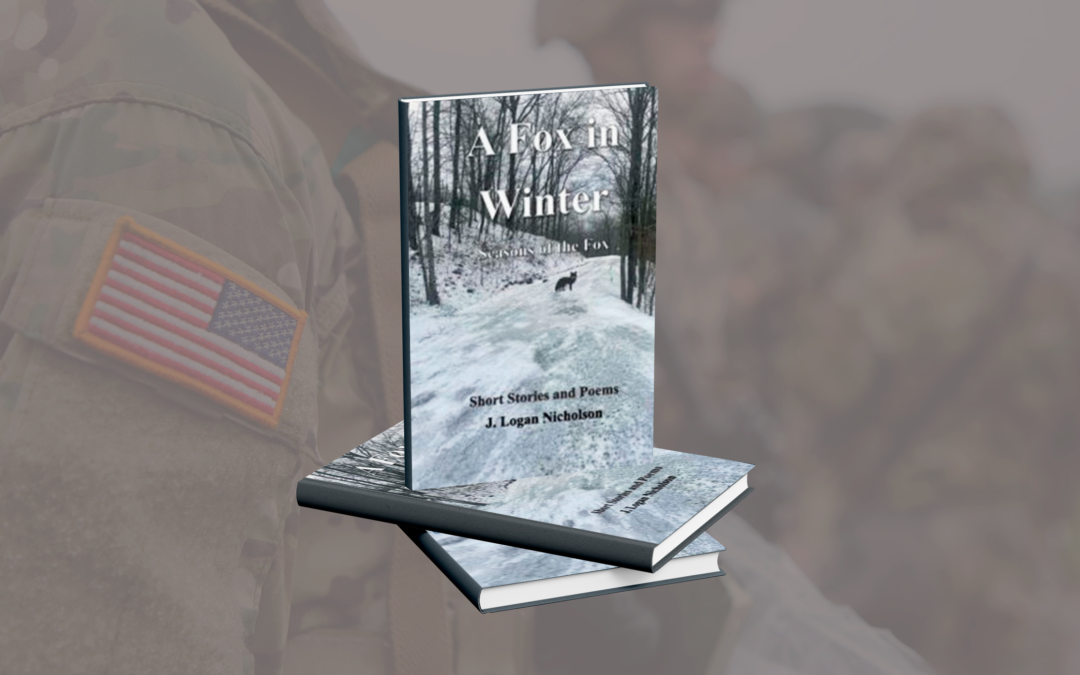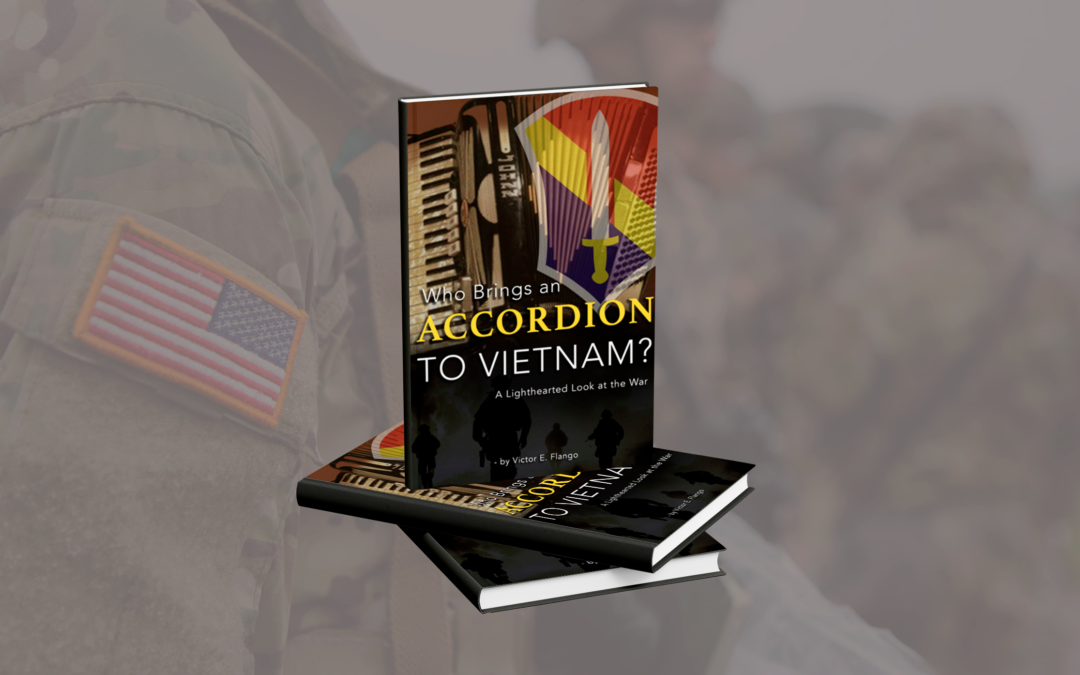Every now and then, a book slips past any convention of war stories, battlefield memoirs, and action-packed retellings of America's greatest hits and instead says, "Hey, sit down, grab a drink, and think about how you got here." J. Logan Nicholson's A Fox In Winter is one of those books. A Fox In Winter — Beyond the Usual War Stories Don't let the woodland critter on the cover fool you. This isn't a Disney flick. It's a sharp, witty meditation on life's stages, told through the instincts of a fox that's a little too clever to just chase rabbits all day. Nicholson takes the reader through the four seasons of life, literally. Spring, summer, autumn, winter, and each section gives the fox a new mask to wear, a new trick to play. In spring, he's a young kit bounding into the world, paw-first and nose-down. Think boot camp hijinks, where nobody knows anything but everybody's sure they do. The fox in spring is curious, fearless, and dumb in a way that makes him bulletproof — at least...











